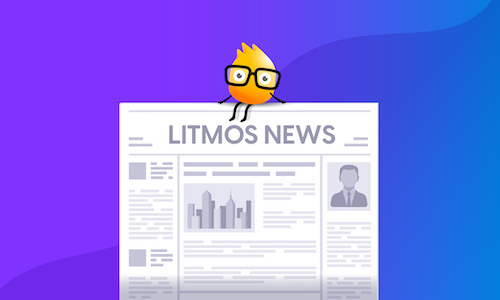Working with SMEs for Better Learning Experience Design
In a rapidly evolving world, keeping information up-to-date and aligning it with the latest industry standards is a constant struggle. Keeping in mind the importance of helping employees see the relevance and utility of training, L&D professionals need to design content that meets learners where they’re at when they need it. Many L&D professionals will attest that subject-matter-experts (SMEs) are an invaluable resource when designing content that is accurate, current, and relevant; however, a few challenges can arise when L&D professionals and SMEs need to collaborate. This article offers insights on how to address the time constraints and communication hurdles that can occur between SMEs and L&D professionals who bring different expertise levels, goals, and expectations to the content creation process.
SMEs are individuals with specialized knowledge and expertise related to a particular field or subject. SMEs are often sought after to provide guidance and recommendations for a variety of projects. SMEs are often solicited to ensure that instructional materials developed by L&D professionals are accurate and reflect industry standards. Their input helps bridge the gap between theory and practical application, ultimately leading to more effective and well-informed learning and performance outcomes.
L&D professionals can encounter a variety of challenges when coordinating efforts with SMEs. In addition to managing time constraints, other challenges may include finding a balance between industry jargon and complexity. Ensuring relevance means tailoring content to the specific needs, preferences, and prior knowledge of the target learning audience. What is relevant to one group may not be so to another. While SMEs may be experts in a particular subject, they may struggle with understanding how to break down complex tasks and content into consumable chunks of information for a learning audience. As a result, some SMEs may be resistant to modifications made to their content in an attempt to simplify it for learners.
Training without SMEs is like trying to build a puzzle with missing pieces. The following is a list of tips for L&D professionals as they engage with SMEs on their upcoming projects.
Establish Clear Roles and Responsibilities
Working with SMEs is no different than forming any other type of team. When L&D professionals collaborate with SMEs, it is helpful to establish clear roles and responsibilities so that everyone understands the goals of the project and how they can contribute effectively towards those goals. L&D professionals should communicate the instructional needs for the project and the degree of complexity learners will expect (or need) when engaged in training. The expectations of the SME’s role in the design of training should be clearly articulated to them.
Respect their Expertise
L&D professionals should be mindful of their SME’s expertise in a particular knowledge domain. While the L&D professional may be very mindful of how much time should be allocated to a training experience, the SME will be more focused on providing sufficient details to ensure procedures are performed correctly. L&D professionals should listen to SMEs as they discuss the complexities associated with different content. The level of complexity may impact how instruction is chunked and presented to learners.
Adapt to Their Schedule
A common challenge for anyone working with an SME involves gaining access and scheduling sufficient time. It is important to remember that SMEs typically have other jobs and responsibilities that are a priority. When working with an SME, L&D professionals should do their best to adapt to the SME’s schedule and be mindful of the amount of time needed for meetings. Individuals leading meetings with an SME should have a clear agenda for the meeting and be prepared to get the most out of the time spent together.
Discuss the Alignment of Learning Outcomes
Taking into account that the SME and L&D will more than likely approach the goals of a training project differently, it is important to discuss early on the goals of the training project and how this translates to appropriate alignment between instructional activities and evaluative outcomes. As content continues to be developed and reviewed, the conversation of alignment should be revisited to ensure that the complexity of the content meets the learners where they’re at and is aligned with appropriate evaluative activities. These discussions will ultimately require some compromises between the SME and the L&D.
Create a Feedback Plan
Instructional design is an iterative process. As an L&D team begins to design and develop instructional content, they should establish a plan for soliciting feedback from their SME. Sharing draft plans and prototypes throughout the design process can save a lot of time and money as opposed to waiting until a course is fully developed. The team should communicate with the SME what types of feedback are needed throughout the design process and how that feedback should be shared with the team.
Maintain a Record of Documentation
Once the design of content is underway, L&D professionals should document progress made on the project. Meetings with SMEs and other key stakeholders should be noted. Any significant decisions that have been made that have led to changes to the instructional project should also be documented. Rationale for changes should also be included to serve as a point of reference to avoid misunderstandings if content is changed or modified in an attempt to align content with instructional goals and evaluative outcomes.
In conclusion, the collaboration between L&D professionals and SMEs is pivotal in ensuring the relevance and accuracy of content. SMEs bring expertise that enables us to bridge the gap between theory and practical application, enhancing the quality of learning and performance outcomes. While challenges related to time constraints and managing the complexity of content, establishing successful partnerships with SMEs can help support L&D professionals’ abilities to best meet the needs of their learners.





